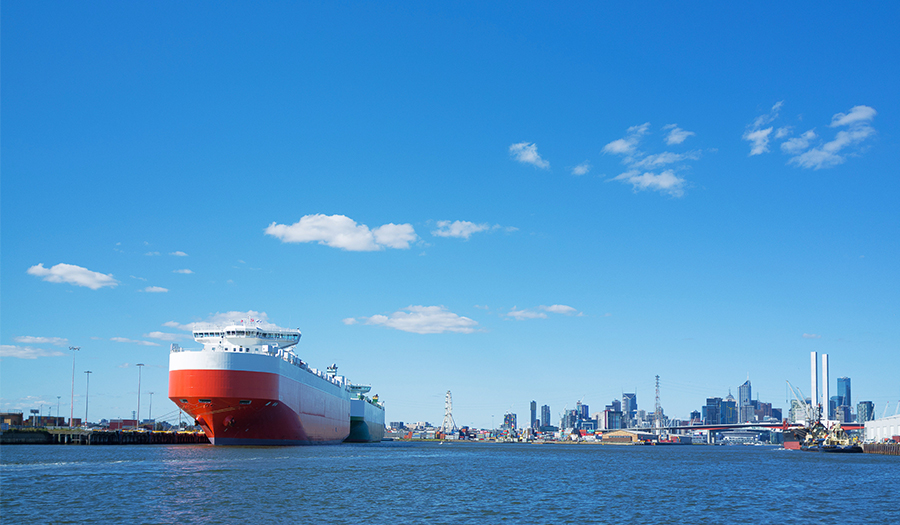Australia and Canada used to depend a lot on resource extraction for the Australian Government. During the mid – 2000s commodities super – cycle, China absorbed new supplies of metals and energy as quickly as projects could be brought on stream, keeping global prices high. Boom towns sprung up in Western Australia to house miners and builders constructing expensive pipelines and terminals. Even last year, a mine was opened up in Queensland with then Prime Minister; Tony Abbot announcing coal was “good for humanity”.
Times are changing. Commodity prices are falling. Asia’s top imports; Iron ore, oil and coal are all trading at less than half of their prices in 2011. This is causing problems for Governments of developed nations that have relied on mining and energy sectors for growth in recent years. Growth on this segment may have slowed down but Australia is still exporting livestock in large numbers to the Asian countries according to Asialink Business, an Australian Government supported program to help Australian businesses build their Asian capabilities. As per the report which recently launched a visual piece outlining the global flow of imports into Asia, Australia exports over $1.6 Billion worth of livestock to Japan. Australia’s agriculture sector has exported around $9 Billion to China in 2014 and there are forecasts of over 43 percent global growth in demand for agricultural products to 2050. The report shows eased trading restrictions across Asia are opening further opportunities for Australian businesses and that the demand for natural resources continues to grow across Asia’s developing nations.
Investing in the mining sector may not be such a bad move for Australia as economists once predicted. That may just be moving future investment to the present, rather than boosting output overall in the long term. The oil sector, on the other hand has been on a downward spiral. For example, Shell had cut down an LPG project of at least $ 20 Billion in Queensland early January 2015.
In reaction to the slow growth, the central bank of Australia has cut interest rates with the hope of the households picking up soon. In Australia, authorities are pushing for higher consumer spending to compensate for the fall in mining investment. The Australian Reserve Bank dropped its policy rates to a record low of 2% in May of 2015 prompting more investment in real estate which prompts fear of a bubble burst. Due to good regulations in the banking sector in Australia, the effects of global financial crisis were quite mild on Australia and Canada. Households were not forced to deleverage to the extent of those in America and Europe.
The Australian workforce is gearing up to more opportunities as the investment and commodity exports to Asia increases. The report by Asia Link states that over a million jobs will be added for Australians by 2030. Australian businesses will have a wealth of high quality goods exports that will fill gaps in regional demand. Australia needs to keep identifying stronger market demand in Asia for Australia’s raw and value – added products, by carefully analyzing and understanding Asia’s diverse markets and consumers, and this holds an important key to local businesses gaining a foothold in these markets in future years as they continue to grow.
Keep following this article series to gain more in – depth information on major Asian markets and insights into the abundant opportunities in the world economies.



